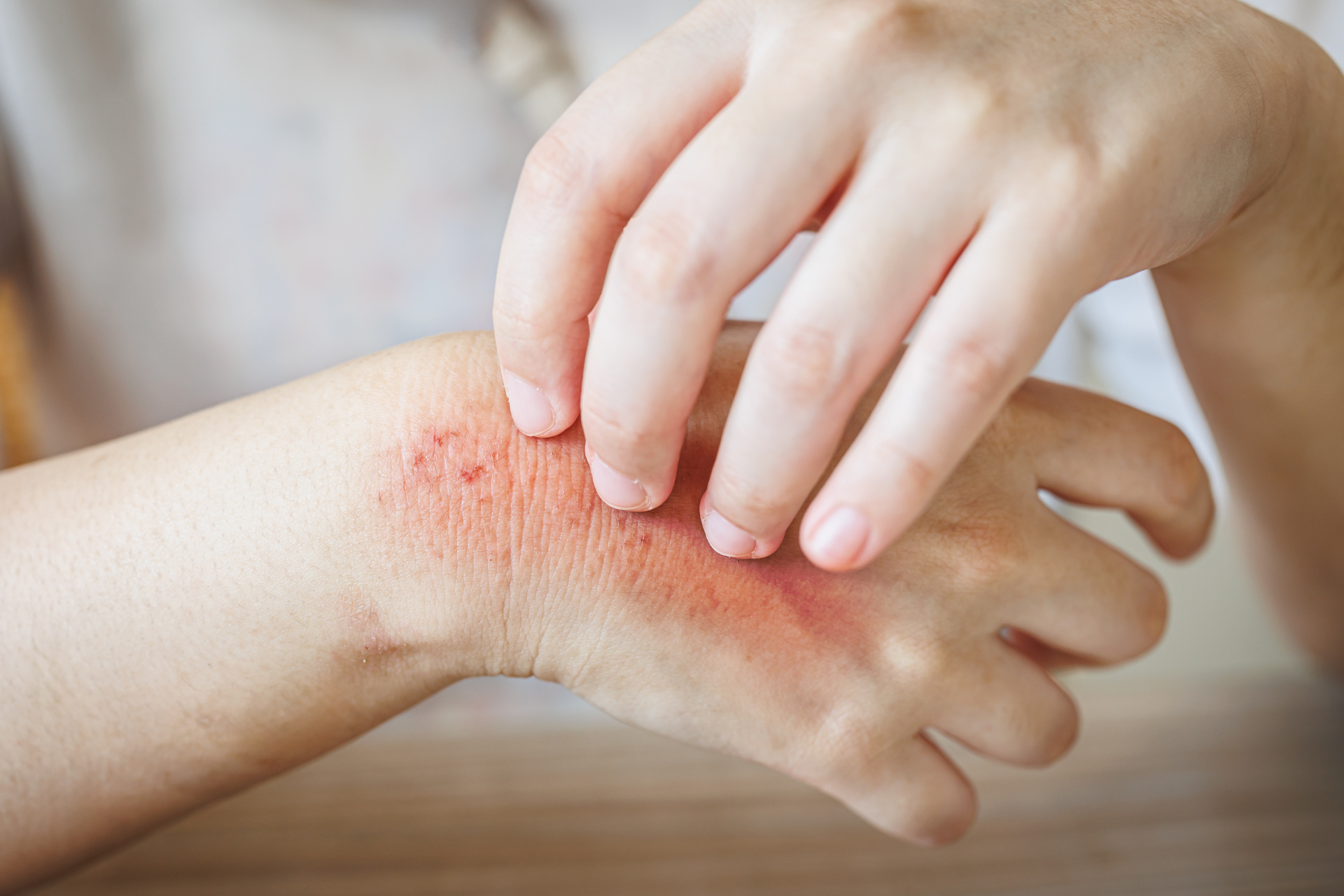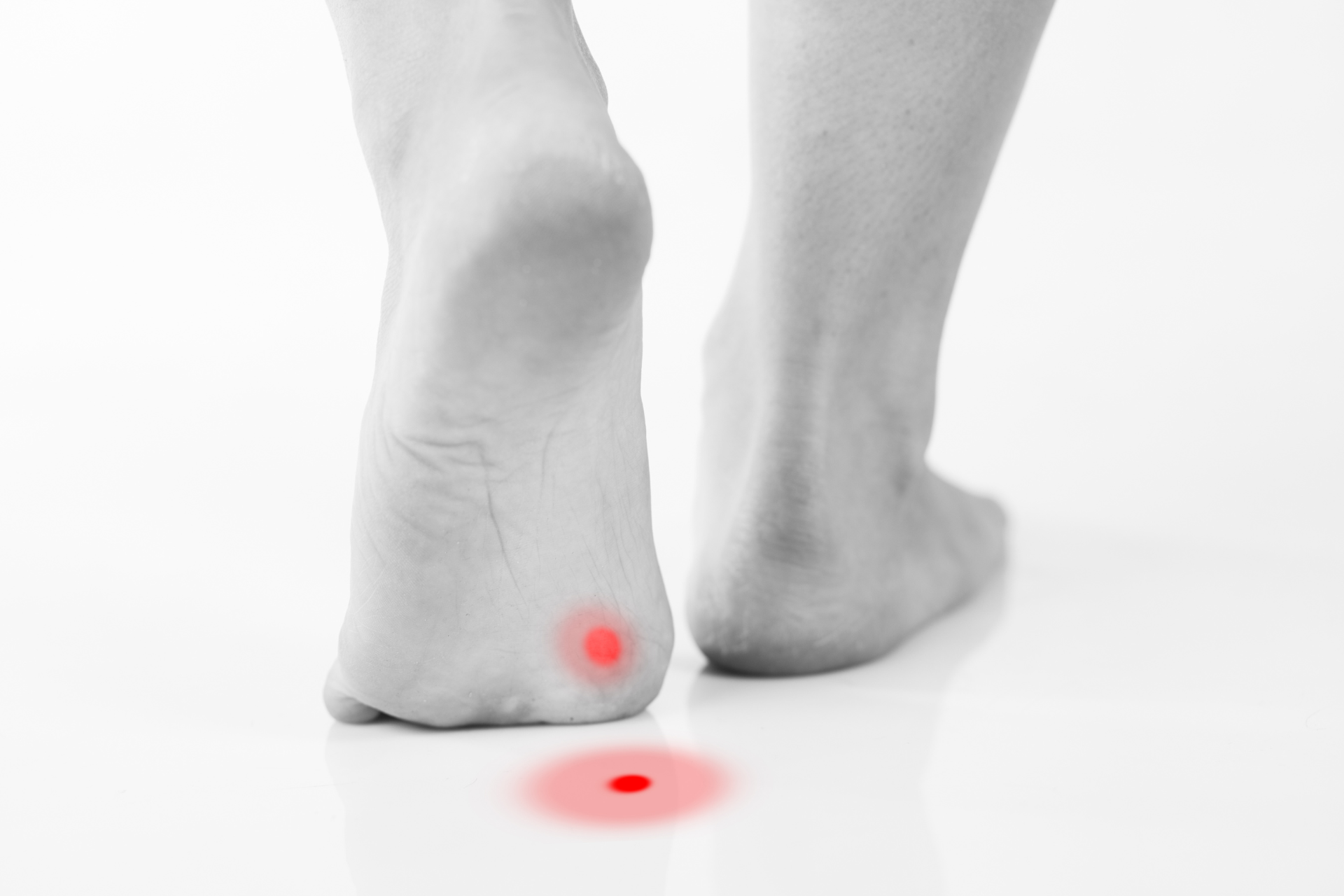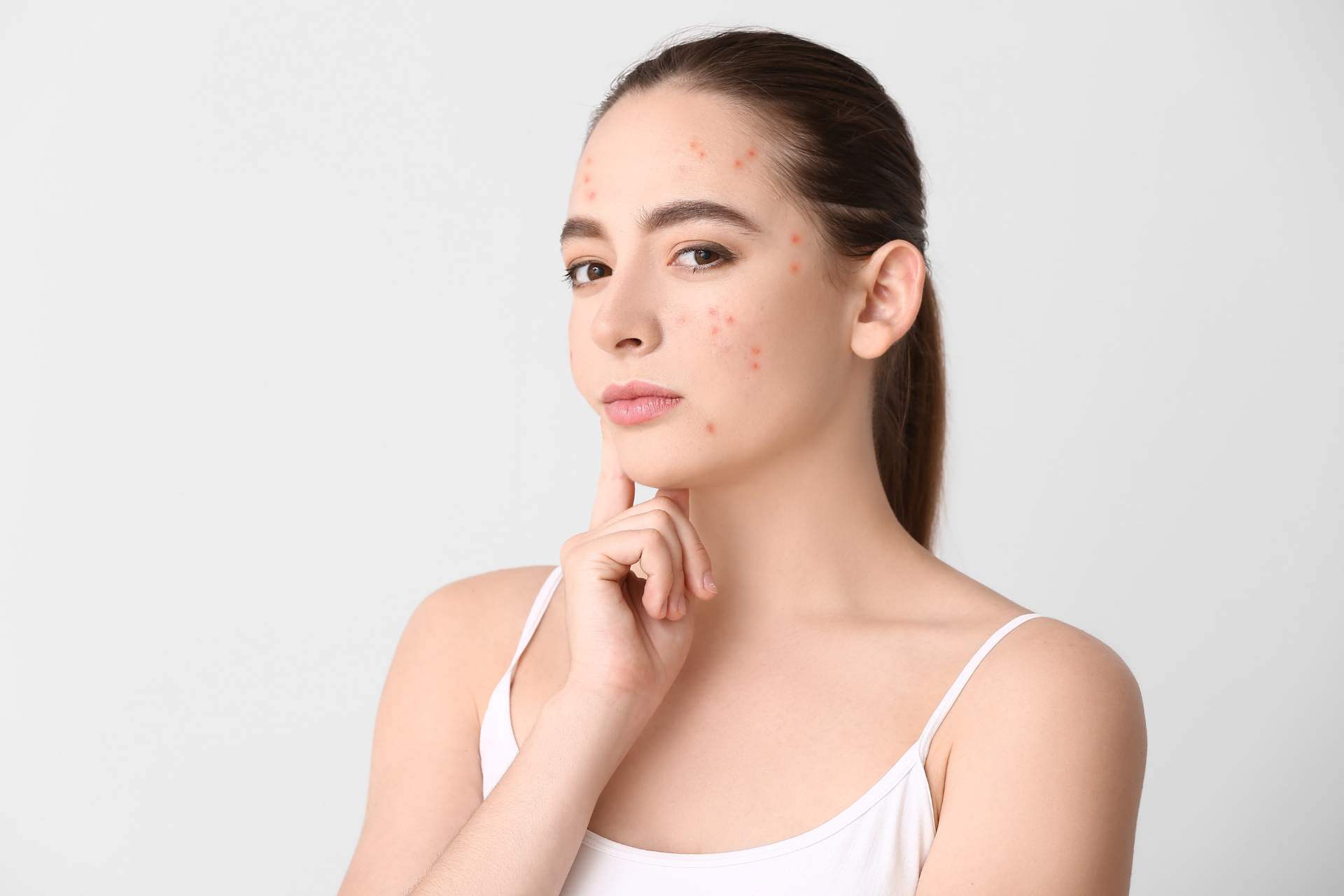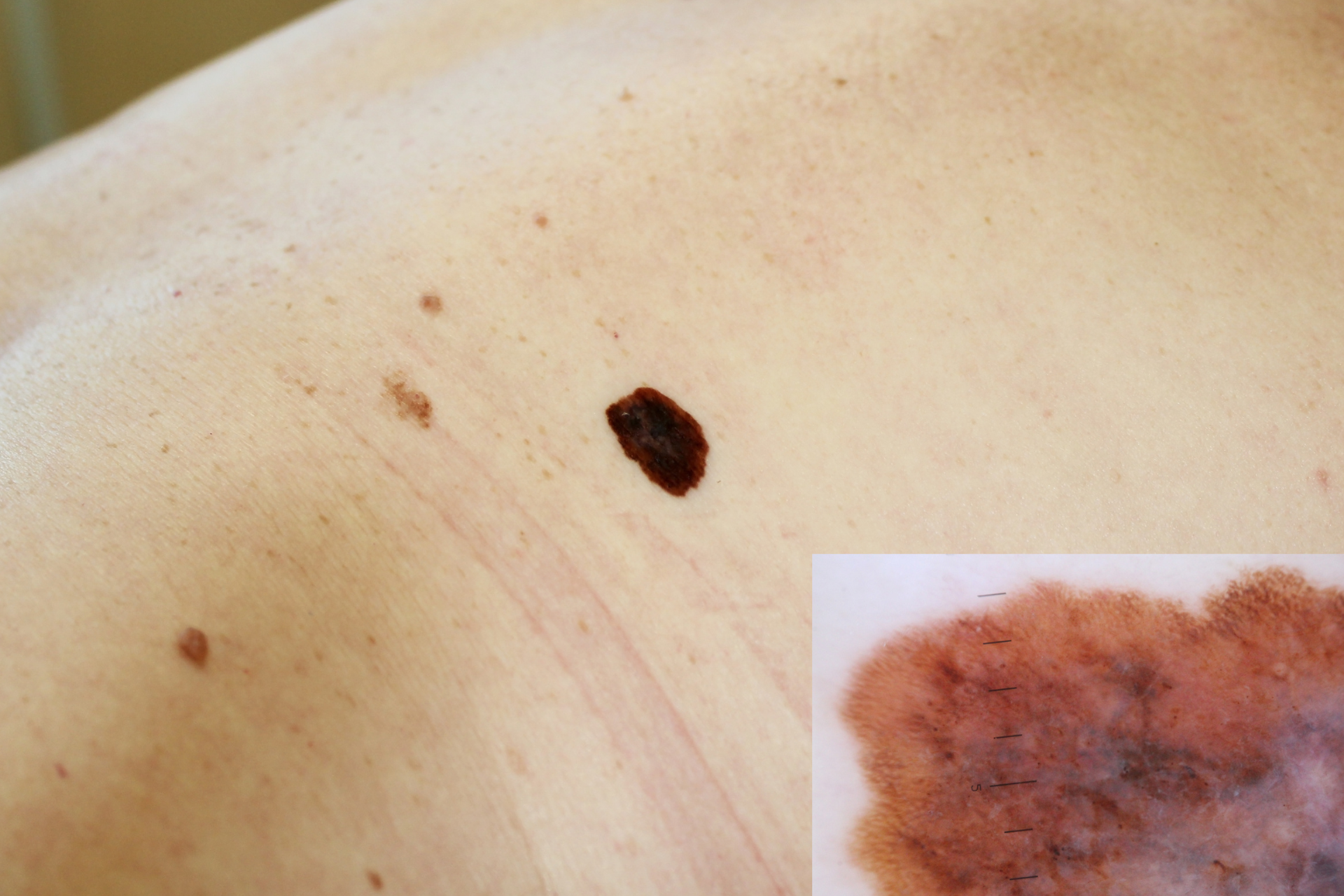When Should You Seek Medical Attention for a Skin Rash?

Skin rashes are common and can arise from a variety of causes, including allergies, infections, and autoimmune diseases. While many rashes may be mild and resolve on their own, some can signal more severe health issues. At Fall Creek Skin and Health Clinic, we understand the importance of recognizing when a rash requires medical attention. Here’s a guide to help you determine when it’s time to seek professional care.
Common Causes of Skin Rashes
Skin rashes can manifest in numerous forms—red, scaly, bumpy, or blistered—each indicating different underlying conditions. Some common causes include:
- Allergic Reactions
Contact dermatitis often occurs due to exposure to allergens such as certain soaps, lotions, or fabrics.
- Infections
Bacterial, viral, or fungal infections can lead to rashes. Conditions like shingles or impetigo are prime examples.
- Autoimmune Disorders
Diseases such as psoriasis and lupus can lead to persistent rashes.
- Irritants
Certain chemicals or environmental factors may trigger a rash.
When to Seek Medical Attention
While many rashes can be managed at home, certain signs indicate that you should consult a healthcare professional. Here are some scenarios in which seeking medical attention is advisable:
1. Persistent or Worsening Rashes
If your rash lasts for more than a week, or if it starts to worsen despite home care, it’s important to consult a healthcare provider.
2. Severe Symptoms
If the rash is accompanied by more severe symptoms such as fever, chills, or difficulty breathing, you should seek immediate medical attention. These symptoms may indicate a systemic response or an infection requiring urgent care.
3. Spread of the Rash
Should the rash begin to spread rapidly or affect a large area of the body, it’s vital to have it evaluated. Some conditions can escalate quickly and may require treatment to prevent complications.
4. Pain or Discomfort
A rash that is painful, itchy, or interferes with your daily life warrants a visit to our clinic. We can help alleviate discomfort and determine the best course of action.
5. Changes in Existing Skin Conditions
If you have a history of skin conditions and notice significant changes in your normal rashes or lesions—such as increased size, odd coloring, or unusual texture—this should prompt a visit to our office.
6. Compromised Immune System
Individuals with a weakened immune system or pre-existing health conditions should be particularly cautious and seek medical advice sooner, as they may be more susceptible to serious infections.
Conclusion
At Fall Creek Skin and Health Clinic, we prioritize patient care and aim to provide clear guidelines on when to seek medical attention for skin rashes. If you’re experiencing any of the symptoms outlined above, don’t hesitate to contact us. Our experienced team is here to evaluate your condition, provide an accurate diagnosis, and recommend the appropriate treatment tailored to your specific needs. Your skin health is essential, and timely intervention can make a significant difference in your overall well-being.




